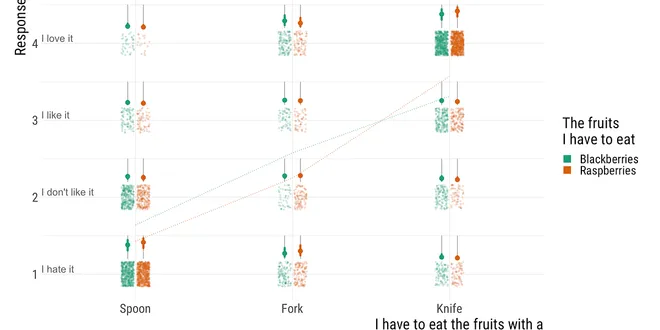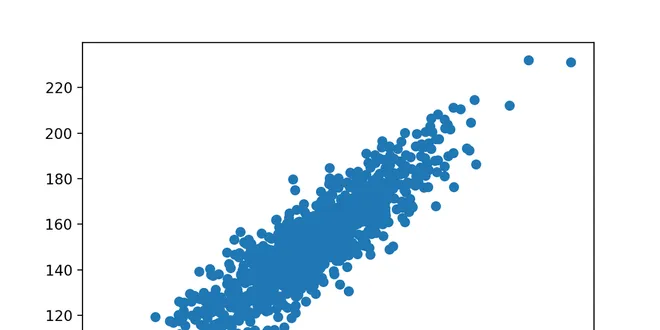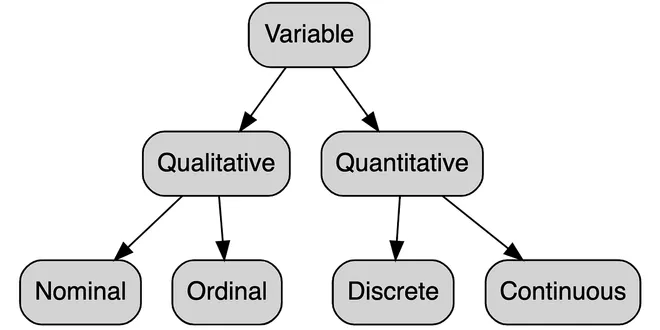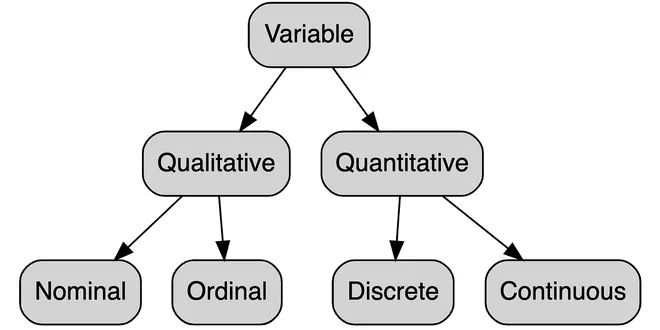Ordinal Variables
Ordinal variables are a type of categorical variable that possess a clear, ordered relationship among their categories. Unlike nominal variables, which have no inherent order, ordinal variables allow for ranking or ordering of the categories, such as “low,” “medium,” and “high.” This ordering provides meaningful information about the relative position of each category, making ordinal variables particularly useful in various fields, including statistics, social sciences, and machine learning. When analyzing ordinal data, special statistical techniques, such as ordinal logistic regression, are often employed to account for the ordered nature of the variables, enhancing the accuracy of predictions and insights.

Feature Engineering Ordinal Variables
Ordinal Encoding Tips to save you hours of troubleshooting downstream
📚 Read more at Towards Data Science🔎 Find similar documents

Simple Logistic Regression for Ordinal Variables in R
Statistics in R Series Continue reading on Towards Data Science
📚 Read more at Towards Data Science🔎 Find similar documents

Ordinal Logistic Regression
The variables are not only categorical but they are also following an order (low to high / high to low). If we want to predict such multi-class ordered variables then we can use the proportional odds…...
📚 Read more at Towards Data Science🔎 Find similar documents

Working with Ordinal Ranks in {marginaleffects}
Given an ordinal regression model, it is relatively easy to get class-wise predictions - the conditional predicted probability of each level of the outcome. However, often, one might be interested in ...
📚 Read more at R-bloggers🔎 Find similar documents

Variables — What are they?
Variable is a quantity that may vary from object to object. For example, we measure heights of 50 mango trees in a selected plot and arrange the results in a table. Here, the quantity that vary…
📚 Read more at Analytics Vidhya🔎 Find similar documents

Testing an alternative visualisation of ordinal data and regression in R
Ordinal data is everywhere (ok maybe not everywhere but still quite common). In psychology (my scientific field) for instance people often use ordinal data, e.g. when using Likert scales. However…
📚 Read more at Towards Data Science🔎 Find similar documents

Categorical Variable Encoding Techniques
A categorical variable is one that has two or more categories (values). There are two types of categorical variable, nominal and ordinal. A nominal variable has no intrinsic ordering to its…
📚 Read more at Analytics Vidhya🔎 Find similar documents

Variables and Correlation
A variable is something that varies, as opposed to a constant. For example, The current temperature is a value for the variable temperature 27, 30, 19, 29. As opposed to freezing temperature, which…
📚 Read more at Analytics Vidhya🔎 Find similar documents

Variable Types and Examples
Learn the differences between quantitative (continuous & discrete) and qualitative (ordinal & nominal) variables via concrete examples Continue reading on Towards Data Science
📚 Read more at Towards Data Science🔎 Find similar documents

Ordinal and One-Hot Encodings for Categorical Data
Last Updated on August 17, 2020 Machine learning models require all input and output variables to be numeric. This means that if your data contains categorical data, you must encode it to numbers befo...
📚 Read more at Machine Learning Mastery🔎 Find similar documents

Variable types and examples
A quantitative variable is a variable that reflects a notion of magnitude, that is, if the values it can take are numbers. A quantitative variable represents thus a measure and is numerical…
📚 Read more at Towards Data Science🔎 Find similar documents

Multiple Logistic Regression for Ordinal Variable and Predicted Probabilities in R
Statistics in R Series Continue reading on Towards Data Science
📚 Read more at Towards Data Science🔎 Find similar documents

